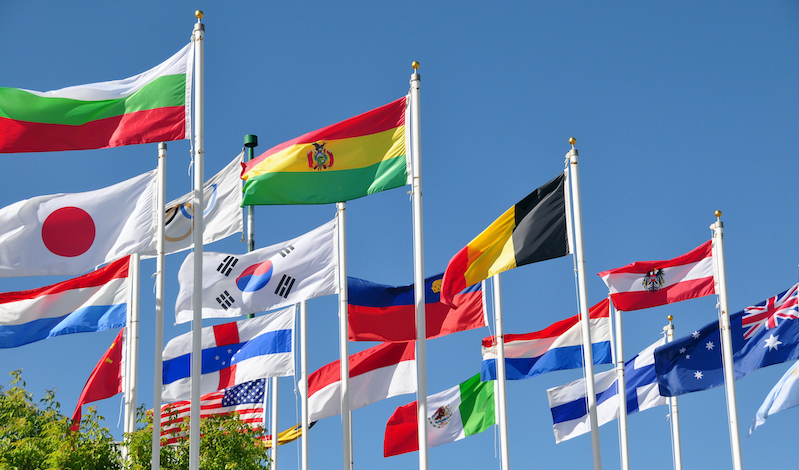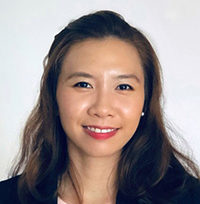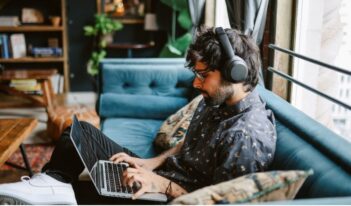
Olympic rules must balance the right to freedom of expression with the neutrality of the games.
Leading up to the Winter Olympic Games in 2022 in Beijing, Chinese officials warned participants that their right to free expression was not absolute and that they were not only subject to strict Olympic regulations, but also to the law of the host country: China. Many teams heard that speaking out at the Olympics could have led to severe repercussions and, as a result, they were inclined to self-censor.
The right to freedom of expression in international sports has gained prominence, though, especially as more athletes engaged in activism as part of the Black Lives Matter movement in 2020. Although players in sports such as cricket and soccer may share political slogans and public opinions during their games, the International Olympic Committee (IOC) made its stance clear: Rule 50 of the Olympic Charter stands and states that there shall be “no kinds of demonstration or political, religious, or racial propaganda” permitted “in any Olympic sites, venues or other areas.”
The IOC has since redefined Rule 50 in a limited fashion. In particular, participants may showcase “expressions” on the field of play prior to the competition as long as they are consistent with Olympic principles and rules, not targeted against people or their nations, and not disruptive. Prior to the Beijing Winter Olympics, the IOC included disciplinary procedures for breaches in the Rule 50 guidelines.
It is prudent to first highlight that fundamental rights and freedoms are never absolute—as is made clear in Article 19(3) of the International Covenant on Civil and Political Rights and Article 10(2) of the European Convention on Human Rights. A person’s right to free expression must respect the “rights or reputations of others,” national security, public order, and other considerations.
All restrictions to fundamental rights must, however, be necessary and proportionate to the pursuit of legitimate aims. With this principle in mind, is Rule 50 necessary and proportionate in the pursuit of the legitimate aims of the IOC?
To justify insulating sports performance from interferences, the IOC has highlighted the neutrality of the Olympic Games. “Political neutrality” is a fundamental principle of Olympism in the Olympic Charter, and the Olympic Games have long been associated with world peace, as encapsulated in the Olympic Truce. Nations have traditionally called upon the Olympic Truce to cease existing conflicts during the Games so participants could travel safely.
Admittedly, sports will never fully be insulated from politics. For decades, sports have been adopted as a tool to showcase national superiority and political agendas through state-sanctioned doping, censored propaganda, and even political boycotts.
Nevertheless, Rule 50 has the force and effect of enshrining both sports and athletes equally, above and beyond any political, religious, or racial agenda that individual athletes may wish to bring to the games. Is this aim legitimate? Perhaps.
If Rule 50 can be justified by legitimate aims under the international human rights framework, the next issue is whether Rule 50 is necessary and proportionate.
At the outset, the locations that Rule 50 seeks to regulate are limited and include Olympic sites, venues, or other areas. This regulation extends only to the limited period these locations exist during the Olympic Games, so participants are free to demonstrate or engage in restricted expression outside the Olympic venues or anywhere before and after the Olympic Games. Arguably, such protests must be limited and proportionate.
But Rule 50’s blanket restrictions on all types of demonstration may be too wide and therefore disproportionate as a restriction on free expression.
Given the option of peaceful demonstration, prevailing practices in international law can be adopted to support athletes’ right to free expression as long as it stays within the safe realms of national security and public order. Any demonstration or assembly, even with peaceful intent, has the potential to metamorphose into a violent event. Still, it may be prudent to limit only demonstrations or expressions that are “intended, likely, or connected to imminent violence,” as espoused under the international human rights framework.
Although Rule 50 can be refined to align with international human rights practice, the mainstream media has evaluated Rule 50 in a vacuum with little thought to prevailing practices and exceptions to free expression. Still, discussions about Rule 50 and its interactions with free expression, among other rights, highlight a significant trend in athlete activism around human rights principles.
It is interesting to note, for completion, that human rights, although envisioned to be inalienable and universal, are often cited as a Western conception and not compatible with “Asian values” or other “traditional values.” But notwithstanding the persistent struggle for the universality of human rights around the world, the IOC’s vision and fierce endeavour for “neutrality” magnanimously puts sports at the center of the Olympic Games—not politics, race, or religion. And perhaps in a world of relativism, war, and altercations, people can find some solace in the certainy of the universality of sport.




